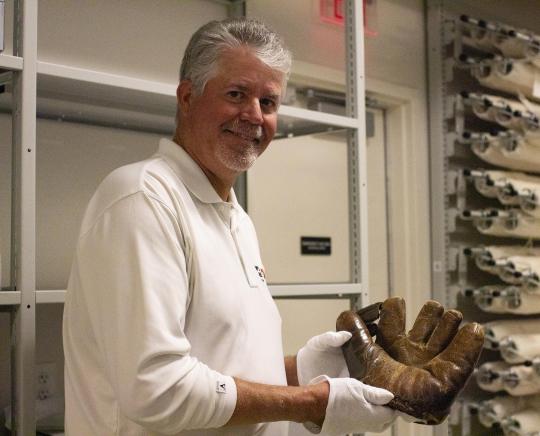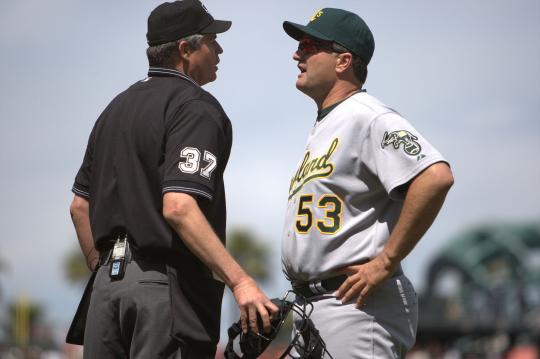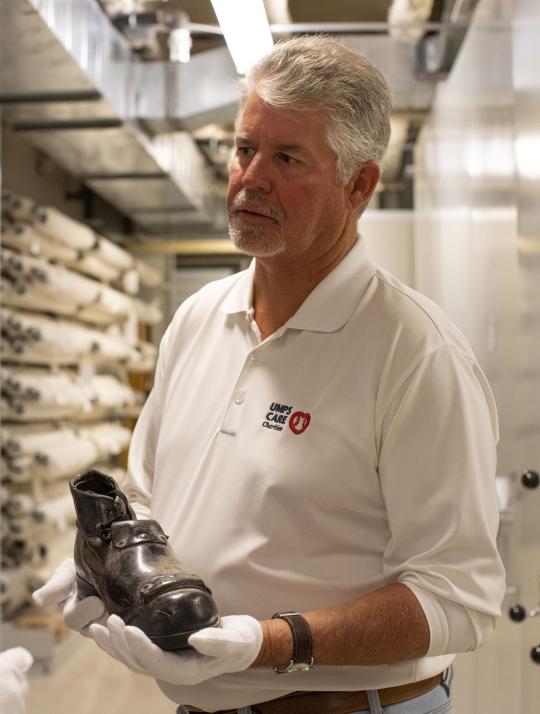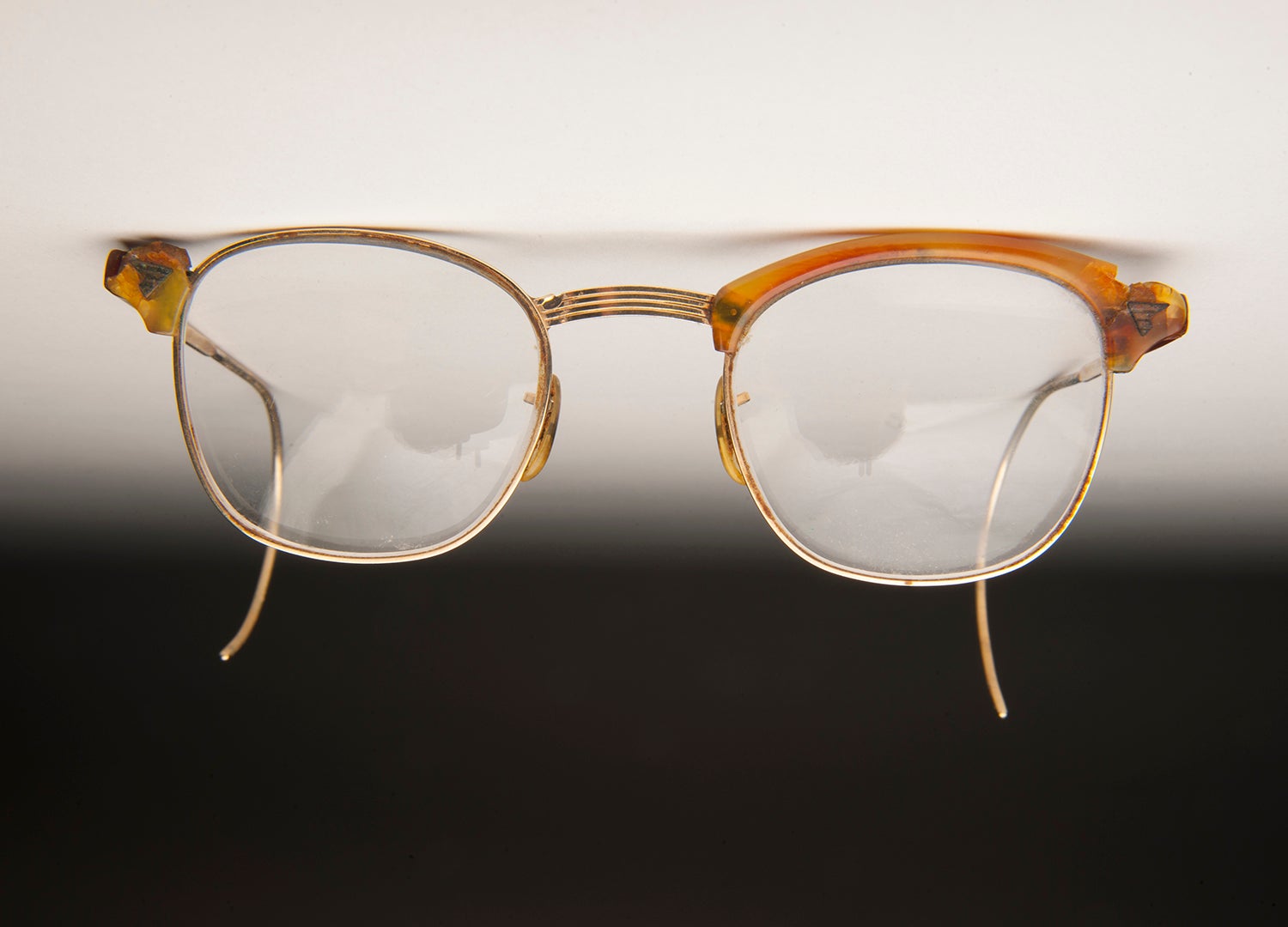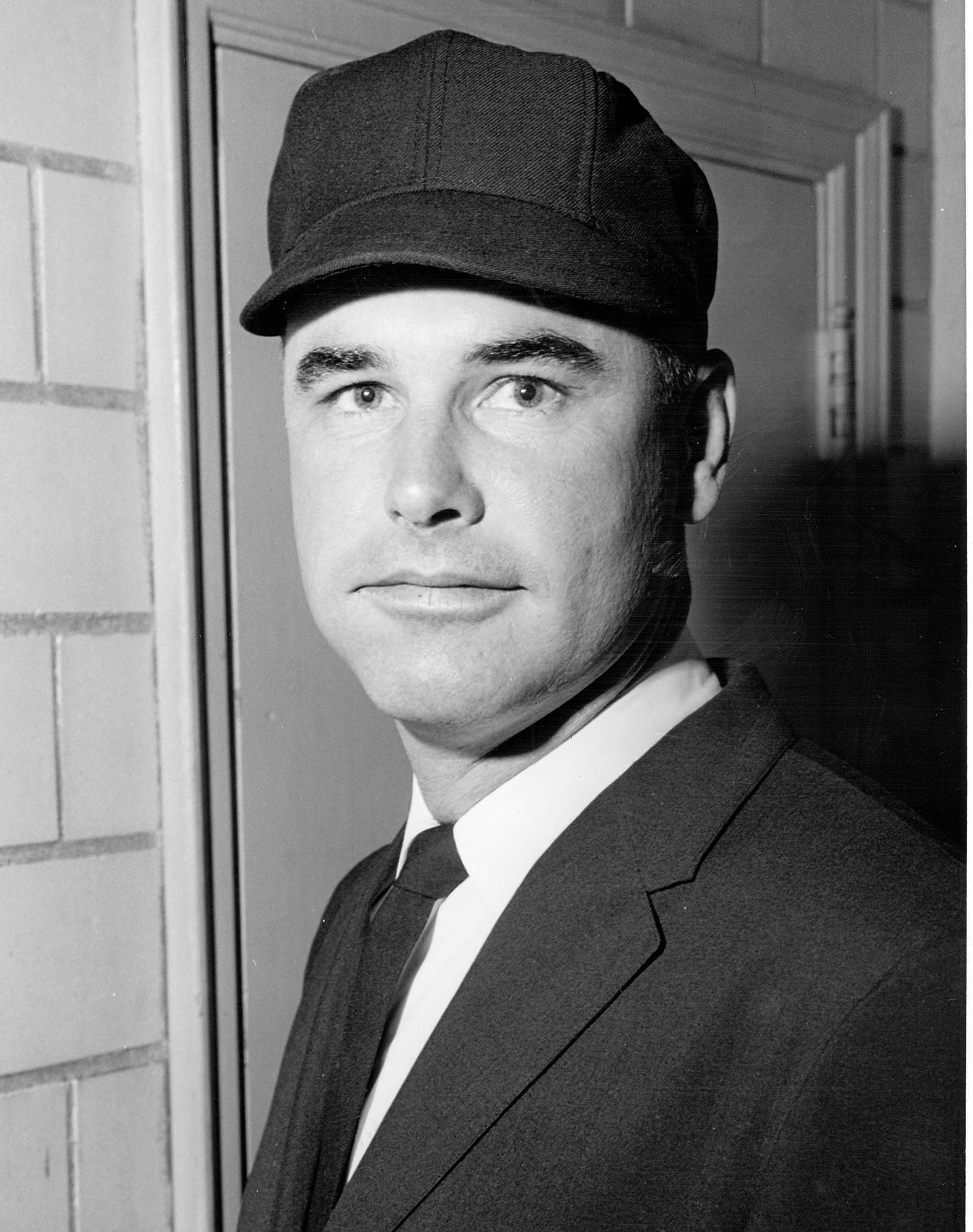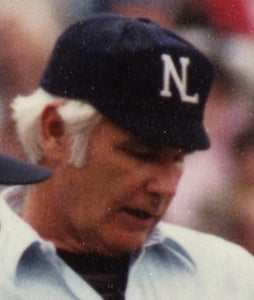- Home
- Our Stories
- Gary Darling calls on Cooperstown
Gary Darling calls on Cooperstown
By all accounts, retired big league umpire Gary Darling made the right call when he recently visit Cooperstown for the first time.
Accompanied by his wife Cheri, the couple, who reside in Phoenix, Ariz., drove approximately 600 miles from northeast Indiana, where they spend their summers.
“I’m just a longtime baseball fan and always wanted to get here. I’m finally taking the time to make the pilgrimage,” said Darling during an interview at the National Baseball Hall of Fame and Museum on Sept. 5, 2019. “I was a longtime umpire, umpiring my whole adult life. Who wouldn’t want to come and see the Hall of Fame?”
Official Hall of Fame Apparel
Proceeds from online store purchases help support our mission to preserve baseball history. Thank you!
Hall of Fame Membership
There is no simpler, and more essential, way to demonstrate your support than to sign on as a Museum Member.
Darling began his major league career umpiring for the National League in 1988, missed the 2000 and 2001 campaigns due to a labor dispute, returned in 2002 and became a crew chief prior to the 2004 season. In 2000, the AL and NL abolished their individual umpire crews in favor of one crew for all of Major League Baseball. After 28 years, Darling announced his retirement in July 2014, having been on the disabled list for the entire season.
“I played baseball through junior college (Cosumnes River Junior College in Sacramento, Calif.), but knew the only people who were going to draft me were the Army, so I decided to try umpiring,” he said with a smile. “I went to umpire school and worked my way through the minor leagues. I took some sports officiating classes when I was in junior college and liked it. When I was growing and playing ‘pickle’ or ‘runner,’ the extra guy would always ump. I always kind of liked it but never thought about it until I did those officiating classes. And baseball was just the right fit.”
The native of San Francisco worked his way up the pro ranks, seeing time in the Northwest League (1980), California League (1981), Texas League (1982), and Pacific Coast League (1983-87).
“Looking back on my career, I was very fortunate and very lucky. It was a great career and a good way to support the family,” Darling said.
“Being away a lot during the baseball season was tough, but then you were home for four months. I always said I spent more time with my family and kids than the guy that works 9 to 5.
“And I was always able to walk the kids to school in the morning when they were young enough and let dad walk with them,” he said with a chuckle. “Not a bad career.”
Darling’s career highlights include working a pair of All-Star games (1993, 2003) and World Series (2003, 2010), the 2012 A.L. Wild Card Game, 10 Division Series (1995, 1997-98, 2002-03, 2005, 2007-08, 2010, 2013), and five League Championship Series (1992, 2004, 2006, 2011-12). He was even behind the plate when Roger Clemens collected his 300th career win and 4,000th career strikeouts in the same game on June 13, 2003.
“First of all, getting a World Series after I got my job back after the labor dispute I consider a highlight,” Darling said.
“But also our crew in 1998 was working the September series between Mark McGwire and Sammy Sosa at St. Louis. Our crew had McGwire’s 61st and 62nd homers. That was one of the big highlights.”
As for the recent evolution in umpiring, especially the introduction of modern technology, the 61-year-old Darling remains somewhat ambivalent.
“My last year was 2013 and full replay started in 2014. I think it is a little overkill. It’s nice that there’s a safety net for the guys – you’re not going to be THAT guy that has THAT call at a crucial time because those can now get fixed – but it changes the way they officiate the games,” he explained. “Like the steal play, when the guy is sliding in, his foot hits the base and then barely pops off and they keep the tag on him, stuff that they really weren’t looking for initially with replay.
“But then with the K-Zone or the Automated Ball-Strike (ABS) System, everybody just believes the machines are 1,000 percent correct. The other night an umpire called a batter out at the end of the game on a great pitch – the box showed the ball was on the plate – and the ump gets bumped leaving the field because the guy thought it was outside. It’s the only thing they have to argue now. You call a strike on a guy and he goes down below the dugout to a video room. Everybody has bought completely into what the technology is saying is a strike or a ball. It’s a no-win situation for the guys now. They’re just fighting a battle that’s tough.”
Earlier this year, the Atlantic League donated to the Hall of Fame the earpiece used by the home plate umpire from the first regular season game to utilize ABS to call balls and strikes.
“Who is to say it won’t ever be in the big leagues. I don’t think it’s quite ready yet. It’s hard to do it in real time because one hitter is José Altuve, who is 5-foot-6, and the next hitter is Aaron Judge, who is 6-foot-7. Those lines aren’t exact – and they move while they’re hitting. It’s just not an exact science,” Darling said.
“And balls and strikes, it’s not just one part of that pitch that makes it a ball or strike – it’s the whole path of the pitch. I’m sure technology will figure it out.
“In talking to a lot of the umpires, they’re ready to have them put it in because they think nobody is believing them anyway.”
The Hall of Fame has inducted 10 umpires (Al Barlick, Nestor Chylak, Jocko Conlan, Tom Connolly, Billy Evans, Doug Harvey, Cal Hubbard, Bill Klem, Bill McGowan and Hank O’Day), a figure Darling can see increasing over the next few years.
“I was lucky enough to work with Doug Harvey and I knew Al Barlick – both were mentors. And I probably worked the last game Jocko Conlan ever worked: At an old-timers’ game in Phoenix,” Darling said.
“Joe West, Bruce Froemming, Harry Wendelstedt, there’s some great umpires that should eventually get in the Hall of Fame.”
Bill Francis is the senior research and writing specialist at the National Baseball Hall of Fame and Museum

